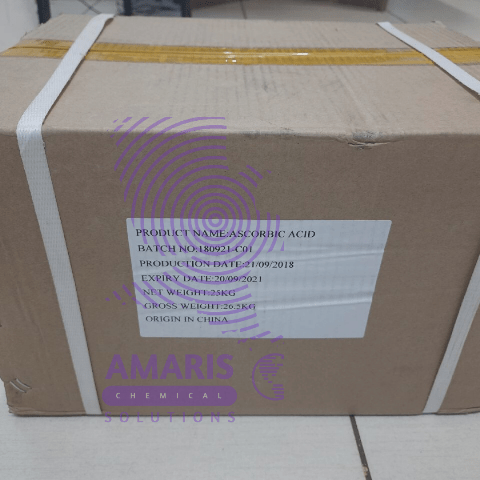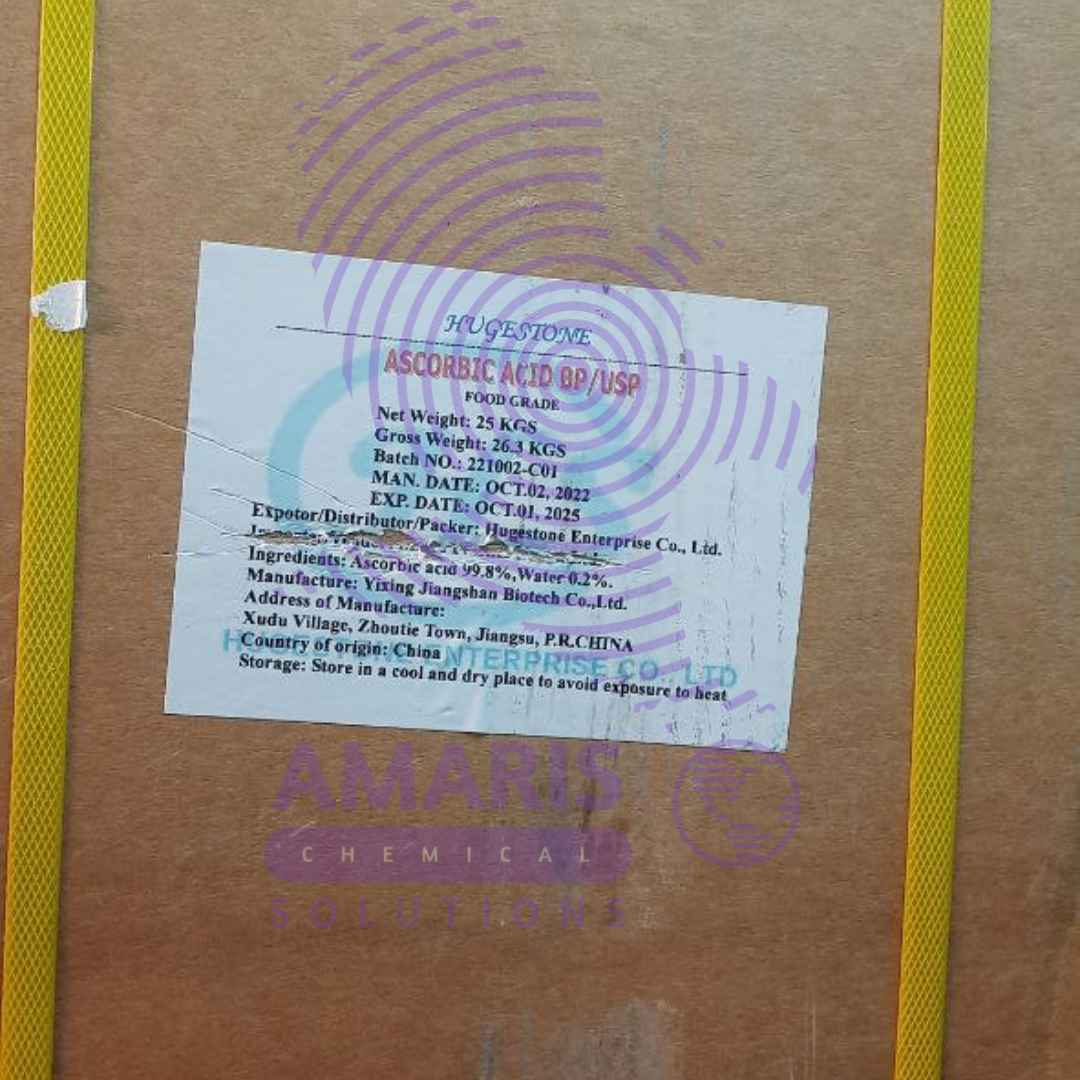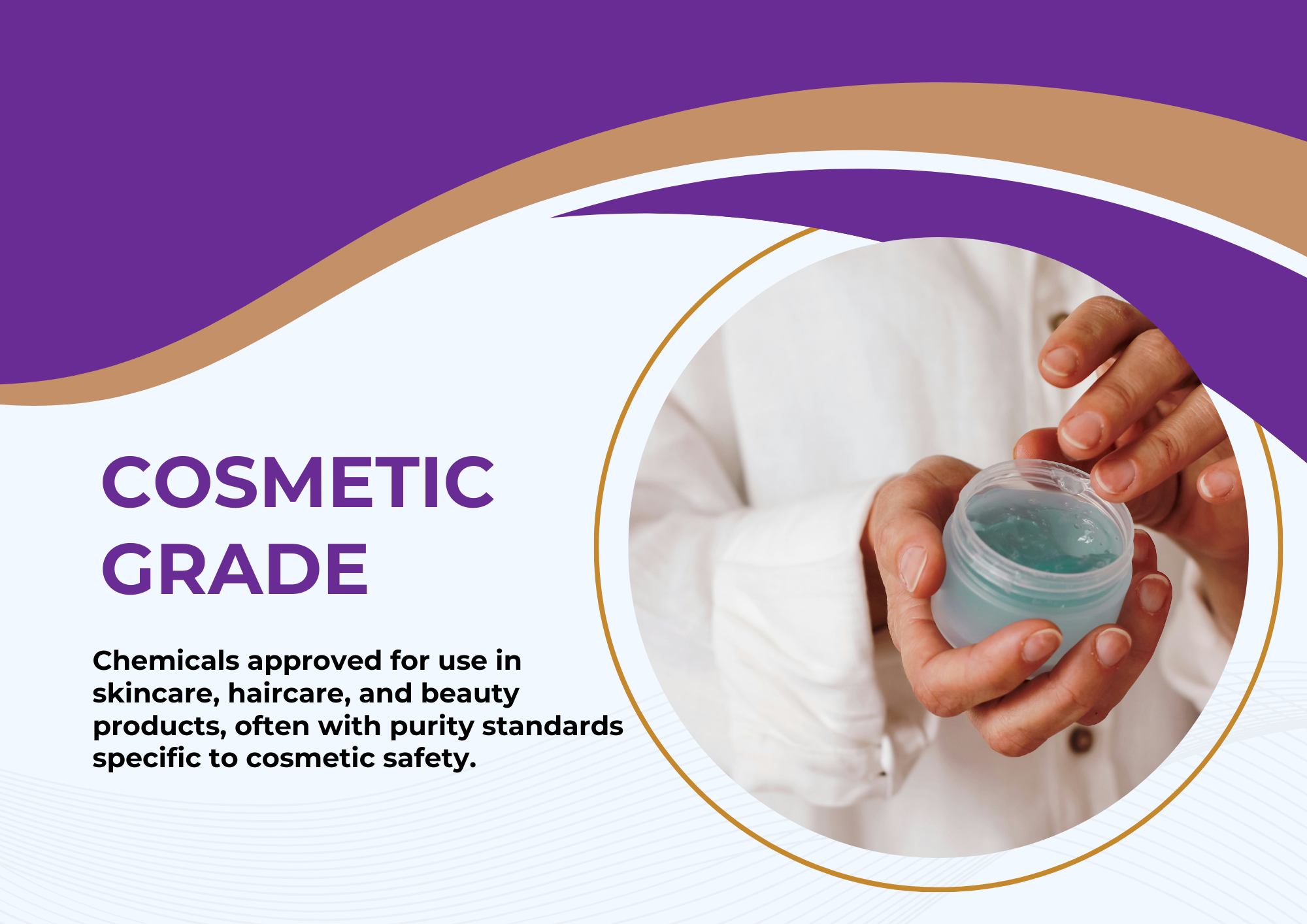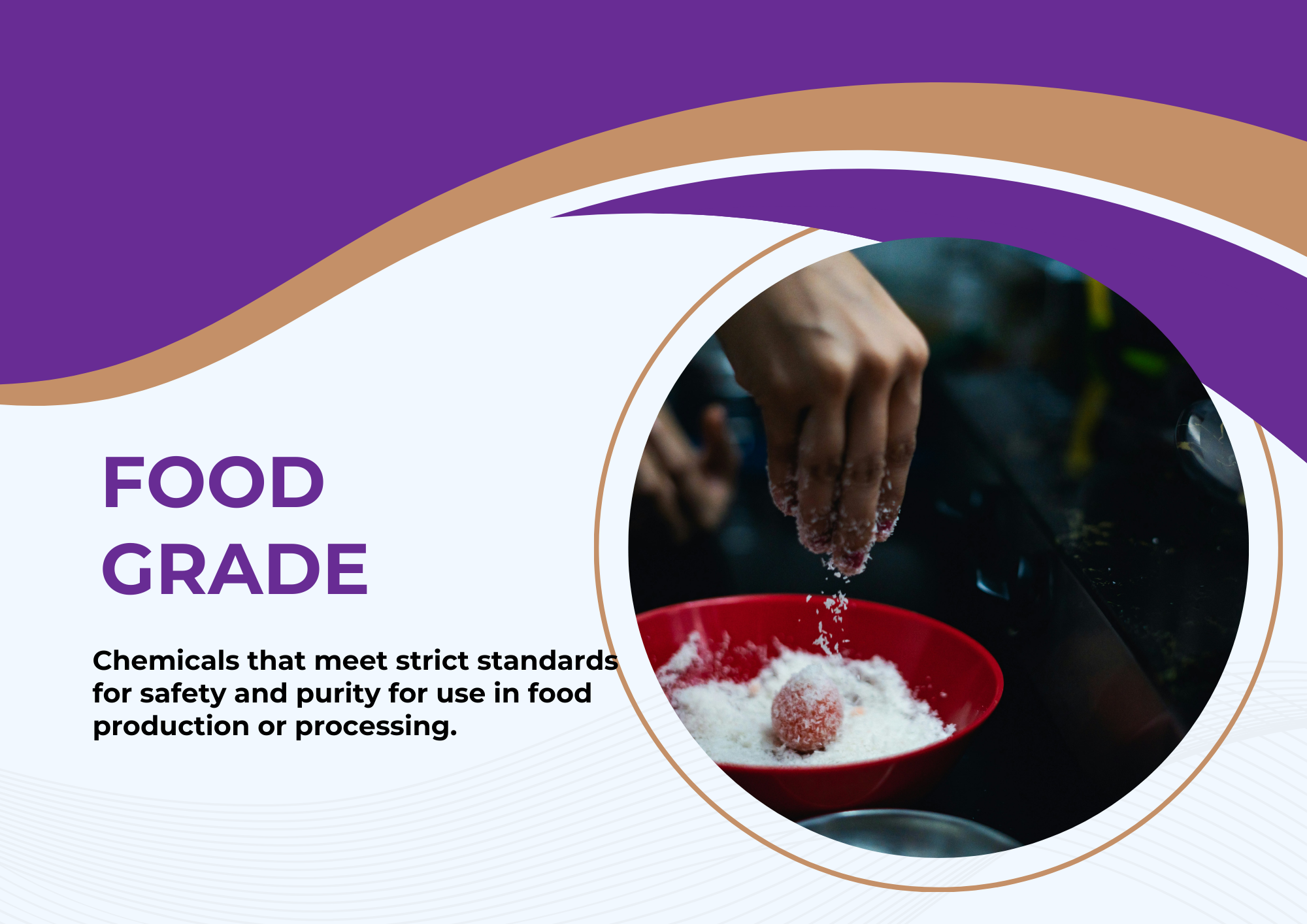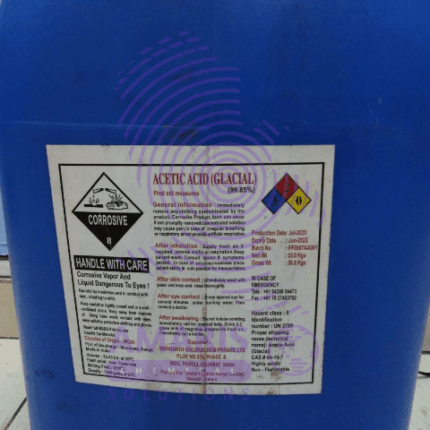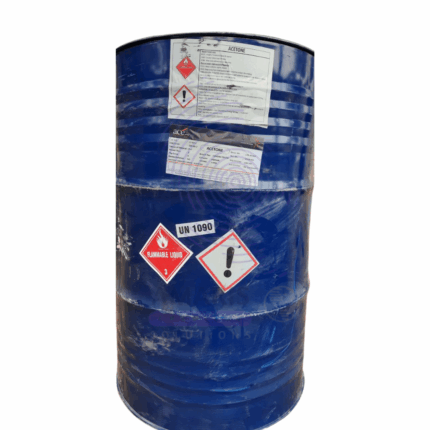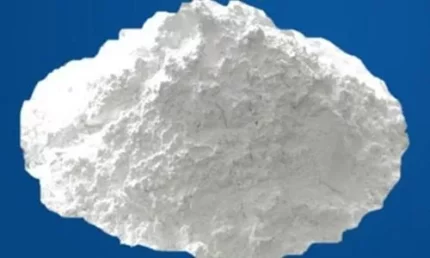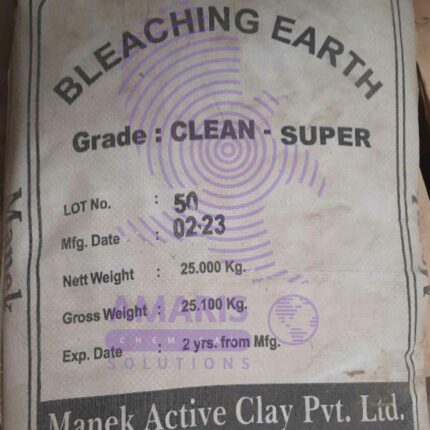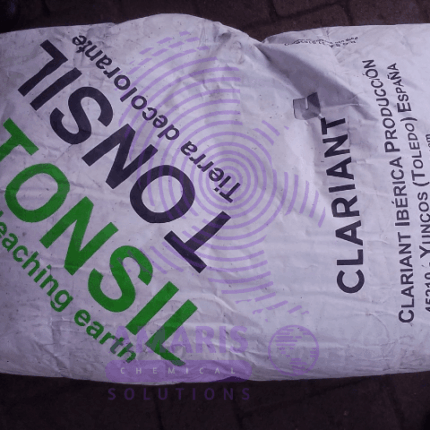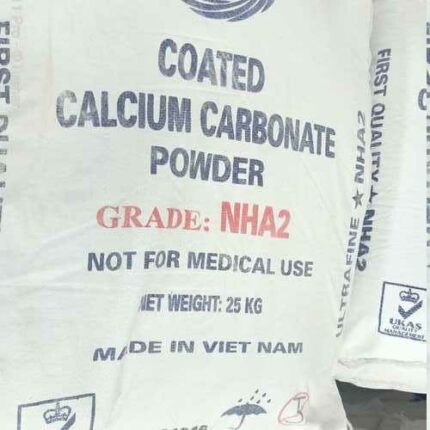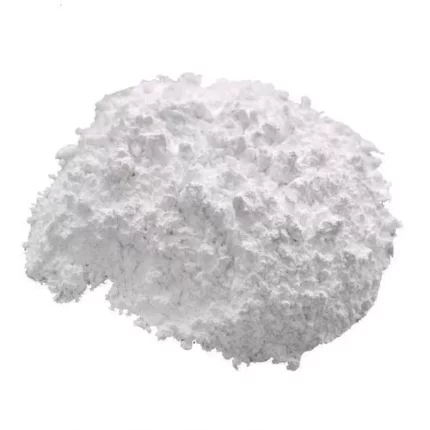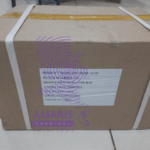
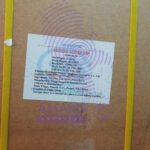
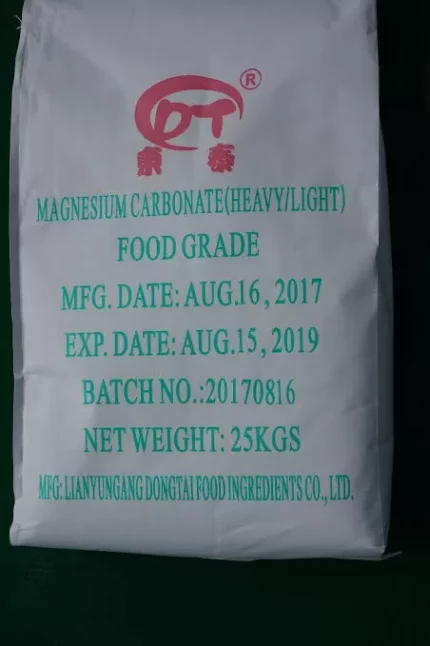
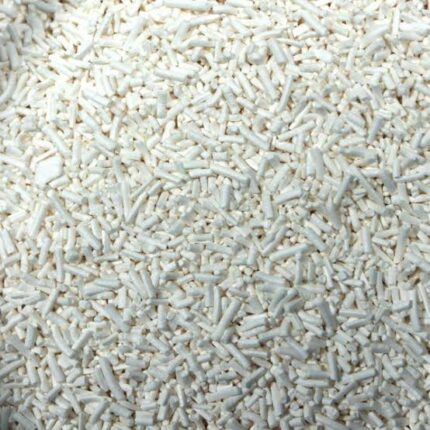
Ascorbic acid
$23,500.00 Original price was: $23,500.00.$22,500.00Current price is: $22,500.00.
Ascorbic acid, also known as vitamin C, is a water-soluble vitamin that plays an important role in various physiological processes in the human body. It is an essential nutrient that cannot be produced by the body and must be obtained through dietary sources or supplements. Ascorbic acid acts as a powerful antioxidant, protecting cells and tissues from oxidative damage caused by free radicals. It also plays a critical role in the production of collagen, which is important for the health of skin, bones, and other connective tissues. Additionally, ascorbic acid is involved in the synthesis of neurotransmitters and the metabolism of proteins and fats. Deficiency in ascorbic acid can lead to a range of health problems, including scurvy, a condition characterized by fatigue, weakness, and bleeding gums.
Ascorbic acid Uses
Food and Beverage:
Ascorbic acid is commonly used as a food preservative to prevent spoilage and discoloration of fruits, vegetables, and other foods. It is also added to many processed foods and beverages as a flavor enhancer and to provide additional nutritional value.
Nutritional Supplements:
Ascorbic acid is a common ingredient in dietary supplements and multivitamins, as it is an essential nutrient that the body cannot produce on its own. Supplements containing ascorbic acid are often used to prevent or treat vitamin C deficiency.
Pharmaceutical:
Ascorbic acid is used in various pharmaceutical applications, including the production of antibiotics, antihistamines, and pain relievers. It is also used as a reducing agent in the formulation of some drugs.
Cosmetic:
Ascorbic acid is used in many cosmetic products, including skin creams, lotions, and serums, as it is believed to have antioxidant properties that can help protect the skin from damage caused by free radicals. It is also used as a skin brightener and to promote collagen synthesis.
Water Treatment:
Ascorbic acid is sometimes used in water treatment as a reducing agent to neutralize chlorine and other disinfectants.
| APPEARANCE |
Crystalline |
|---|---|
| CONCENTRATION |
100% |
| AVAILABLE GRADES |
FOOD GRADE ,PHARMACEUTICAL GRADE |
1. Basic Identification Attributes
- Chemical Name: L-Ascorbic acid (IUPAC: (5R)-5-[(1S)-1,2-Dihydroxyethyl]-3,4-dihydroxyfuran-2(5H)-one)
- CAS Number: 50-81-7
- HS Code: 2936.27.00 (Vitamin C and derivatives)
- Molecular Formula: C₆H₈O₆
- Synonyms:
- Vitamin C
- L-ascorbate
- E300 (food additive code)
2. Physical & Chemical Properties
- Physical State: White to light yellow crystalline powder
- Color & Odor: Odorless; may darken upon oxidation
- Melting Point: 190–192°C (with decomposition)
- Density: 1.65 g/cm³
- Solubility:
- Water: 330 g/L (20°C)
- Ethanol: 20 g/L
- Insoluble in fats, oils
- pH Level: 2.5–3.0 (1% solution; acidic)
- Optical Rotation: +20.5° to +21.5° (aqueous solution)
- Stability:
- Light/oxygen-sensitive (antioxidant properties)
3. Safety & Hazard Attributes
- Hazard Class (GHS):
- Eye Irritant(Category 2B)
- Not classifiedas toxic/carcinogenic
- NFPA Ratings:
- Health: 1| Flammability: 0 | Reactivity: 1
- Exposure Limits:
- OSHA PEL: N/A (non-toxic at typical doses)
- LD50 (oral, rat): 11,900 mg/kg (practically non-toxic)
- Reactivity:
- Strong reducing agent (reacts with oxidizers)
- Degrades in alkaline solutions
4. Storage & Handling Attributes
- Storage Conditions:
- Airtight, opaque containers
- Cool (<25°C), dry, inert atmosphere (N₂ preferred)
- Incompatible Materials:
- Heavy metals (Cu²⁺, Fe³⁺ catalyze oxidation)
- Alkalis, oxidizing agents
- Shelf Life: 3+ years (properly stored)
- Special Handling:
- Use stainless steel/plastic tools to avoid metal contamination
5. Regulatory & Compliance Attributes
- Regulatory Status:
- FDA: GRAS (21 CFR 182.3013)
- EFSA: Approved (E300)
- Pharmacopeias: USP, EP, JP compliant
- Hazard Symbols: None (food/pharma grades)
- Transportation Restrictions: Non-hazardous
6. Environmental & Health Impact
- Ecotoxicity:
- LC50 (fish) >100 mg/L (low risk)
- Biodegradability:
- Readily biodegradable (OECD 301)
Personal Protection:
- Gloves:Nitrile or latex gloves (prevents skin irritation)
- Eye Protection:Safety goggles (especially when handling powder)
- Respiratory Protection:Dust mask (NIOSH N95) for powder handling
- Clothing:Lab coat or apron
Handling & Storage:
- Ventilation:Use in well-ventilated areas to avoid dust accumulation
- Avoid Contact:Prevent skin/eye exposure and inhalation of powder
- Storage:Keep in a cool, dry place in airtight containers (light-sensitive)
- Hygiene:Wash hands thoroughly after handling
Incompatibilities:
- Strong oxidizers(e.g., chlorates, peroxides) → May cause fires
- Alkalis(e.g., sodium hydroxide) → Neutralization reaction
- Metals(e.g., copper, iron) → May accelerate degradation
Inhalation (Powder Exposure):
- Move to fresh air immediately
- Seek medical attention if breathing difficulty persists
Skin Contact:
- Wash with soap and water for 15 minutes
- Remove contaminated clothing
- Apply moisturizer if irritation occurs
Eye Contact:
- Rinse immediately with plenty of water (15+ minutes) holding eyelids open
- Seek medical attention if irritation continues
Ingestion:
- Rinse mouth with water
- Drink plenty of water to dilute
- Do NOT induce vomiting
- Seek medical advice only if very large amounts are consumed
Fire Hazards:
- Not flammable, but decomposes at high temperatures (>190°C/374°F)
- Decomposition products may include irritating fumes (carbon oxides)
Extinguishing Media:
- Water spray, CO₂, dry chemical, or foam
Firefighter Protection:
- Wear full protective gear including SCBA
- Cool containers exposed to fire with water spray
Special Considerations:
- Avoid breathing decomposition fumes
- Prevent runoff from entering drains
Small Spills:
- Dampen with water to prevent dust
- Sweep up and dispose as non-hazardous waste
Large Spills:
- Contain spill to prevent spread
- Wear PPE during cleanup
- Collect material in sealed containers
Disposal:
- Follow local regulations (generally non-hazardous)



 LABORATORY EQUIPMENT & APPARATUS
LABORATORY EQUIPMENT & APPARATUS
 Fertilizers
Fertilizers Plant Growth Regulators
Plant Growth Regulators Soil Conditioners
Soil Conditioners Animal Feed Additives
Animal Feed Additives Biostimulants
Biostimulants Dough Conditioners
Dough Conditioners Fat Replacers
Fat Replacers


